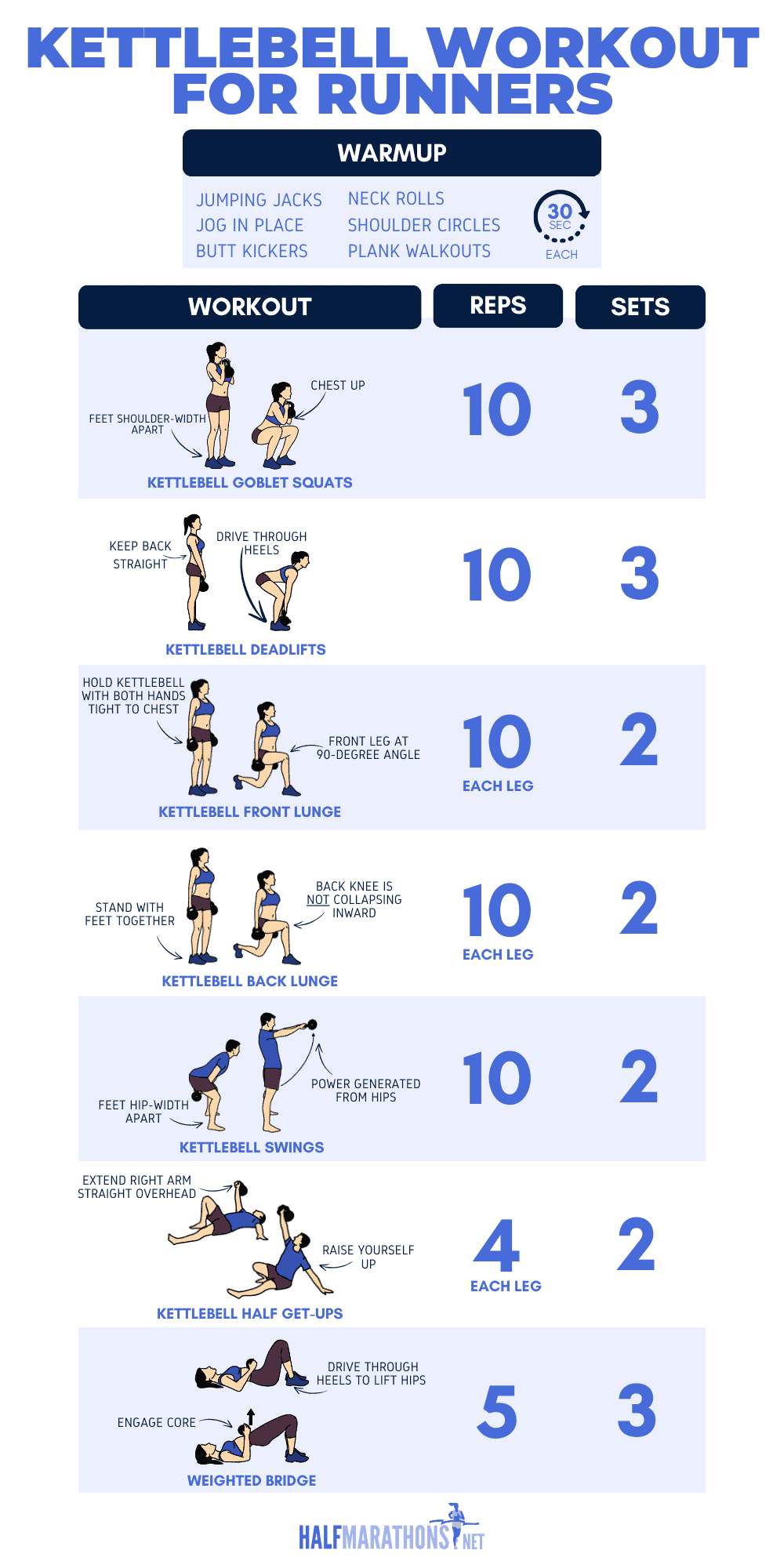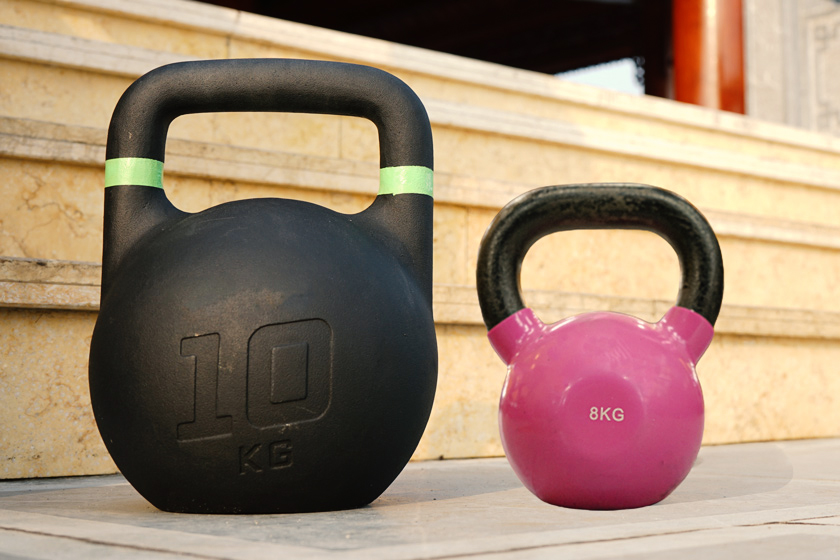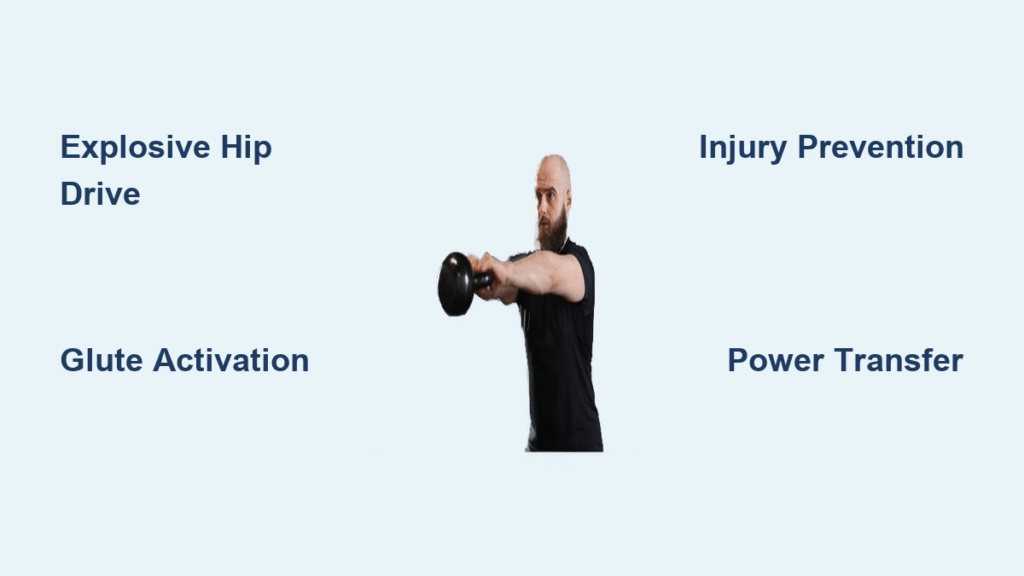Your glutes are silent engines driving every running stride, yet countless runners sabotage their potential with weak posterior chains. When hamstrings and glutes underperform, quads and calves overcompensate—leading to IT band syndrome, shin splints, and stalled race times. Kettlebell swings fix this at the source. This ballistic movement builds explosive hip drive that directly translates to faster toe-off and resilient connective tissues, all while adding zero pavement impact. Forget endless hill repeats; within weeks of strategic swing training, you’ll feel your stride lengthen and your uphill power surge.
Research confirms what elite runners instinctively know: runners adding kettlebell training improve 5K times through enhanced hip extension strength. The secret lies in how swings teach your nervous system to recruit muscle fibers faster—mimicking the exact force production needed during late stance phase. Unlike traditional strength work, swings deliver aerobic benefits too. Studies show they elicit oxygen consumption similar to moderate running, making them a dual-purpose tool for building power and conditioning.
Why Your Running Economy Demands Heavy Hip Drive
Kettlebell swings force your glutes and hamstrings to generate explosive force through the hip hinge—a movement identical to the propulsion phase of running. When you snap your hips forward during a swing, you’re practicing the exact mechanics required to push off powerfully at toe-off. This neuromuscular training creates more efficient force transfer from ground contact to forward motion, directly improving running economy.
The posterior chain activation is unparalleled. While squats overemphasize quads, swings isolate gluteus maximus and medius engagement critical for pelvic stability. Weak glutes cause the “dead butt syndrome” plaguing distance runners, forcing knees to collapse inward and triggering IT band pain. Swings reverse this by teaching your body to fire these muscles explosively—reducing injury risk while increasing stride power.
Russian Swings Outperform American Variations for Runners
Skip overhead American swings unless you have exceptional shoulder mobility. Russian swings (bell reaching chest height) deliver superior running benefits:
– Heavier loads possible (up to 50% bodyweight) for greater power development
– Reduced shoulder stress during high-rep endurance sets
– Tighter movement pattern that better mimics running’s hip extension range
Perfect Your Hip Hinge Before Lifting
Master this pattern without weight first: Stand feet shoulder-width apart, push hips straight back while keeping chest tall and spine neutral. Imagine closing a car door with your butt—knees bend slightly, but movement originates at hips. Your hands should graze your shins without rounding your lower back. Only when this feels automatic should you add a kettlebell.
Programming Swings for Race-Day Results

Heavy Power Sets for Sprint Finishes
When chasing a 5K PR, use dead-stop swings (resetting bell between reps) with maximal intent:
– Weight: 50% bodyweight (e.g., 24kg for 100lb runner)
– Reps: 3-5 explosive reps per set
– Rest: 2-3 minutes for full nervous system recovery
– Frequency: Twice weekly on non-running days
This protocol builds the rapid force production needed for kick finishes and steep climbs. Unlike slow lifts, the ballistic nature trains your body to apply power instantly—exactly when you surge past competitors.
A+A Endurance Swings Replace Easy Runs
Transform recovery days with Alactic + Aerobic protocol:
– Format: 5 swings every minute for 20-30 minutes
– Weight: 25-35% bodyweight (16kg for most women, 24kg men)
– Heart Rate: Maintain Zone 2 (conversational pace)
– Progression: Add 5 minutes weekly until reaching 30 minutes
This builds aerobic capacity while reinforcing hip drive mechanics—without pounding joints. Studies show similar oxygen uptake to steady-state running, making it ideal when injury risk demands reduced mileage.
Critical Injury Prevention Benefits You Can’t Get From Running

Kettlebell swings strengthen connective tissues through dynamic loading patterns that differ from running’s repetitive impact. Research reveals they create unique spinal compression forces beneficial for disc health—unlike deadlifts that compress vertically. This builds resilience against common runner ailments:
- Hamstring durability for downhill surges without strain
- Glute activation that prevents knee valgus during fatigue
- Core stability maintaining posture in final race miles
- Calf reinforcement absorbing foot-strike forces
Runners with chronic IT band issues report significant relief within 6 weeks of consistent swing training. The explosive hip extension retrains glute firing patterns that desk jobs and running alone suppress.
12-Week Swing Integration Blueprint

Weeks 1-4: Build Swing-Specific Endurance
- Monday: 3 sets of 15 Russian swings (light weight) + easy 3-mile run
- Wednesday: Running workout (intervals/tempo)
- Friday: A+A swings 20 minutes (5 swings/minute)
- Progression: Add 2kg when swings feel effortless
Weeks 5-8: Maximize Power Transfer
- Monday: Dead-stop swings (5×3 heavy) + glute bridges
- Thursday: Quality running session
- Saturday: A+A swings 35 minutes pre-long run
- Volume: Increase total weekly swings by 20%
Weeks 9-12: Race Taper Optimization
- Monday: Moderate swings (3×8) 48 hours before key workout
- Wednesday: Race-specific run
- Friday: Light technique work (2×15)
- Taper: Cut swing volume 50% 10 days pre-race
Eliminate These 5 Swing Mistakes That Worsen Running Form
- Squatting instead of hinging: Your knees shouldn’t bend deeply. Push hips back—not down—to maintain running-specific mechanics.
- Arm pulling: The bell rises from hip power. Your arms are straps—relax shoulders at the top.
- Lumbar hyperextension: Stand tall without leaning back. Imagine a wall behind you preventing overextension.
- Rounded spine at bottom: Maintain neutral spine throughout. Reset if form breaks.
- Wrong breathing rhythm: Exhale sharply as hips snap forward—never hold breath.
Equipment Selection That Maximizes Running Gains

Weight Guidelines Based on Your Goals
- Beginner women: Start with 8-12kg for technique mastery
- Beginner men: Begin with 16kg to learn hip drive
- Power development: Jump to 24-32kg as soon as form allows
- Endurance work: Use 16-24kg for A+A sessions
Handle Specifications That Prevent Slippage
- Diameter: 33-35mm (powder-coated) for secure grip when sweaty
- Avoid vinyl coatings—they become slippery during high-rep sets
- Competition bells maintain consistent handle size across weights
Three Time-Efficient Runner Workouts
15-Minute Pre-Run Power Circuit (Do Before Key Workouts)
Complete 3 rounds:
– Kettlebell swings × 15
– Single-leg deadlifts × 8 per leg
– Goblet squats × 10
– Rest 45 seconds between rounds
Post-Long Run Finisher (Reinforces Glute Activation)
- 3 sets of 20 swings (moderate weight)
- Focus on explosive hip snap after fatigued legs
- Perform 30 minutes post-run
Taper Week Maintenance (48 Hours Pre-Race)
- 2 sets of 10 light swings
- Emphasize perfect form to “wake up” glutes
- Use 50% of your standard weight
When to Skip Swings Before Race Day
Avoid kettlebell swings if you experience:
– Sharp lower back pain during hinge movement
– Inability to maintain neutral spine with light weight
– Shoulder impingement when bell rises
– Excessive fatigue affecting next-day run quality
Swings should complement—not compromise—your running. If swing volume leaves you stiff for key workouts, reduce weight or frequency immediately.
Progression Without Injury: The Runner’s Guide
Weekly Volume Tracking
- Base building: 150 total swings weekly
- Peak power phase: 300 total swings
- Taper: Drop to 75 swings 10 days pre-race
Progress only when you hit these markers:
– All prescribed reps feel “light” with perfect form
– No residual fatigue affecting running performance
– Consistent chest-height bell trajectory
Record side-view videos monthly to verify:
– Neutral spine maintained at bottom position
– Hips driving movement (not knees)
– No lumbar hyperextension at lockout
Transform Your Running With One Simple Swing
Kettlebell swings solve the runner’s paradox: building power without adding injury-prone mileage. By mastering the hip hinge and programming swings strategically, you’ll develop explosive glutes that propel you faster uphill, protect your knees on downhills, and maintain form when fatigue hits. Start with 16kg (men) or 12kg (women), focus on explosive hip drive—not arm strength—and integrate two 15-minute sessions weekly. Within 30 days, you’ll notice stronger push-offs and reduced post-run soreness. Your next PR isn’t just about more miles—it’s about smarter power. Grab a bell, perfect your hinge, and feel the ground propel you forward like never before.




